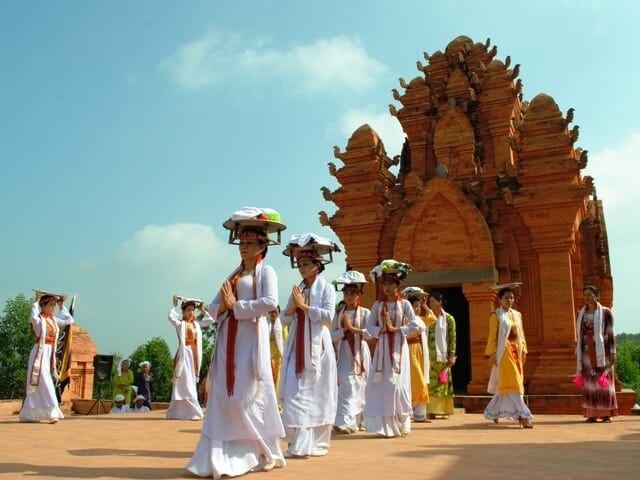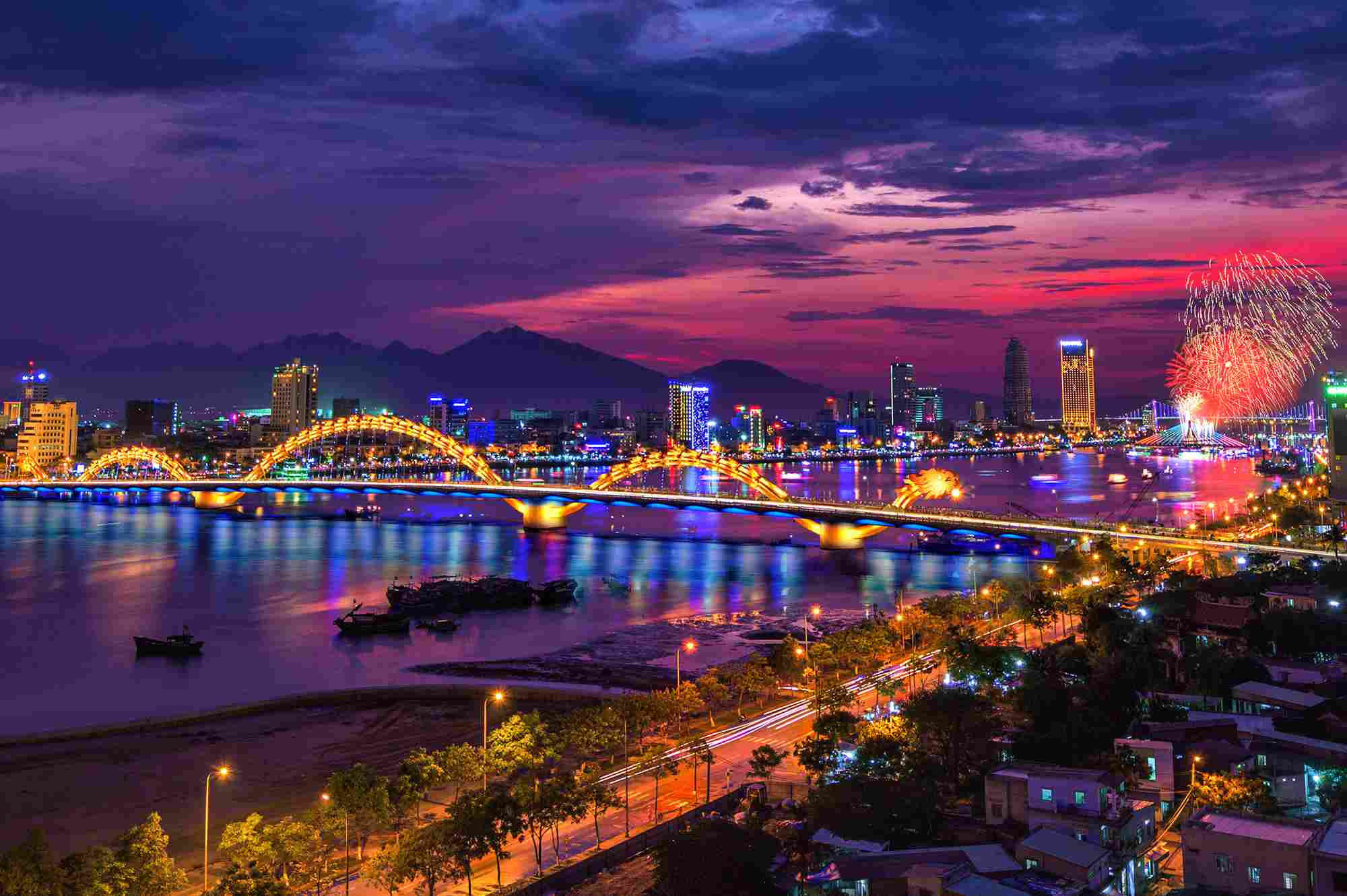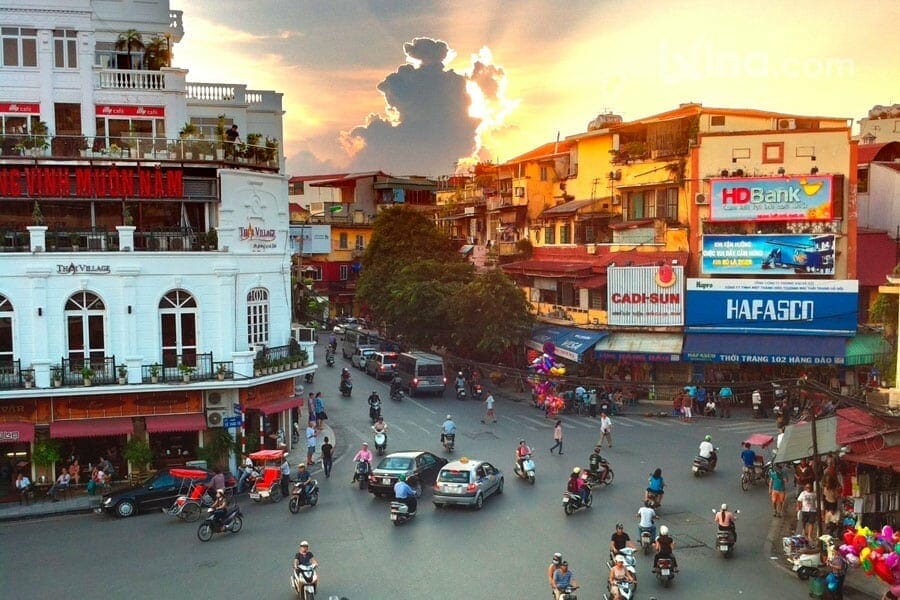Hanoi authorities make declared the list of old villas which will be candied as typical architectural activity of the great municipality.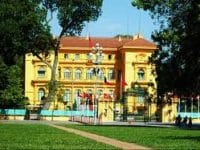
These villas, which were shapely antecedent to 1954, are disjointed into foursome kinds.
1: 229 villas testament be granted anteriority of protection. These villas are settled at good places and their innovative structure is uninjured. Most of them are in Ba Dinh order.
2: 432 villas which are located at nice sites but are partly ruined. These villas need to be restored and preserved.
3: 644 villas which still maintain their original shapes but they are changed inside. These villas can be restored or passed.
4: 234 villas which have been completely changed. They are not considered as old French-style villas any more.
Once upon a time, Hanoians had entirely forgotten about the existence of old French-style villas. With one square meter of land in the capital city worth a dozen taels of gold at present, the fate of these villas has become a hot topic.
French villas are legacies of the French colonial period in Vietnam. There was a time when these villas and other French-built works were considered “dangerous”.
However, history is history. From being accepted compulsorily, as time has passed, French villas have become regarded as special heritages of Hanoi.
Among Asian cities, Hanoi has the highest number of European-style architectural works. Laos and Cambodia were also French colonies but they don’t have as many distinctly European structures as Hanoi.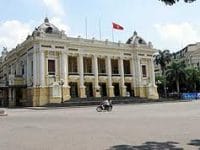
Villas were firstly built to serve French colonists. They were then constructed near Thien Quang Lake for rich Vietnamese traders, intellectuals and mandarins.
After that, villas appeared on some streets, called “colonial streets”, among them the present-day streets of Ly Thuong Kiet, Phan Dinh Phung, Hai Ba Trung, Tran Hung Dao, Ngo Quyen and Hang Chuoi.
In the eyes of Vietnamese at that time, Western-style houses were strange. But after a time, they realised that Western houses are comfortable. It became clear that these houses were built with new techniques and new materials so they are firmer, brighter and more hygienic than Vietnamese-style houses.
Most French villas have similar architecture, with primary and secondary houses. Houses occupy half of the total area of land and the remaining half is garden.
The major houses often have two or three storeys. The house foundation is high, with a basement. Three-storey houses often have outdoor stairs to the second floor and indoor stairs from the second to the third floor. The first floor includes the waiting room, the central room, a large dining room, library and working room.
The second and third floors are for bedrooms, toilets and wide corridors. Rooms have fireplaces and principally are framed with iron and wood.
Behind the major house is often a smaller house with a kitchen, storehouse, toilet, garage and a room for servants. The gate, yard, garden, road and fence are other indispensable elements.
These villas are designed very well to resist the rain, heat and wind of a tropical country like Vietnam.
French colonists left Hanoi in 1954. French-style villas have become public assets. And their fates have changed.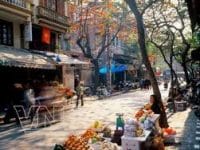
Many villas became the offices of government agencies, foreign embassies and foreign organisations. Others have been allocated to government employees as houses. Independent villas are shared by many families. Some villas host up to 50-60 people.
Used by many people, the original architecture of French villas has been changed. Users have built garrets and iron cages to take advantage of every inch of land. In the time of golden land, most old villas no longer have yards or gardens.
At the villa of King Bao Dai, the last king of Vietnam, in Ngoc Ha, the yard and garden have been used illegally by a dozen families for decades. The local government cannot move them out.
Hanoi has over 2000 French-style villas and each villa has its own history and cultural values. However, the local government has not helped to preserve them, except for making surveys and suggestions.

